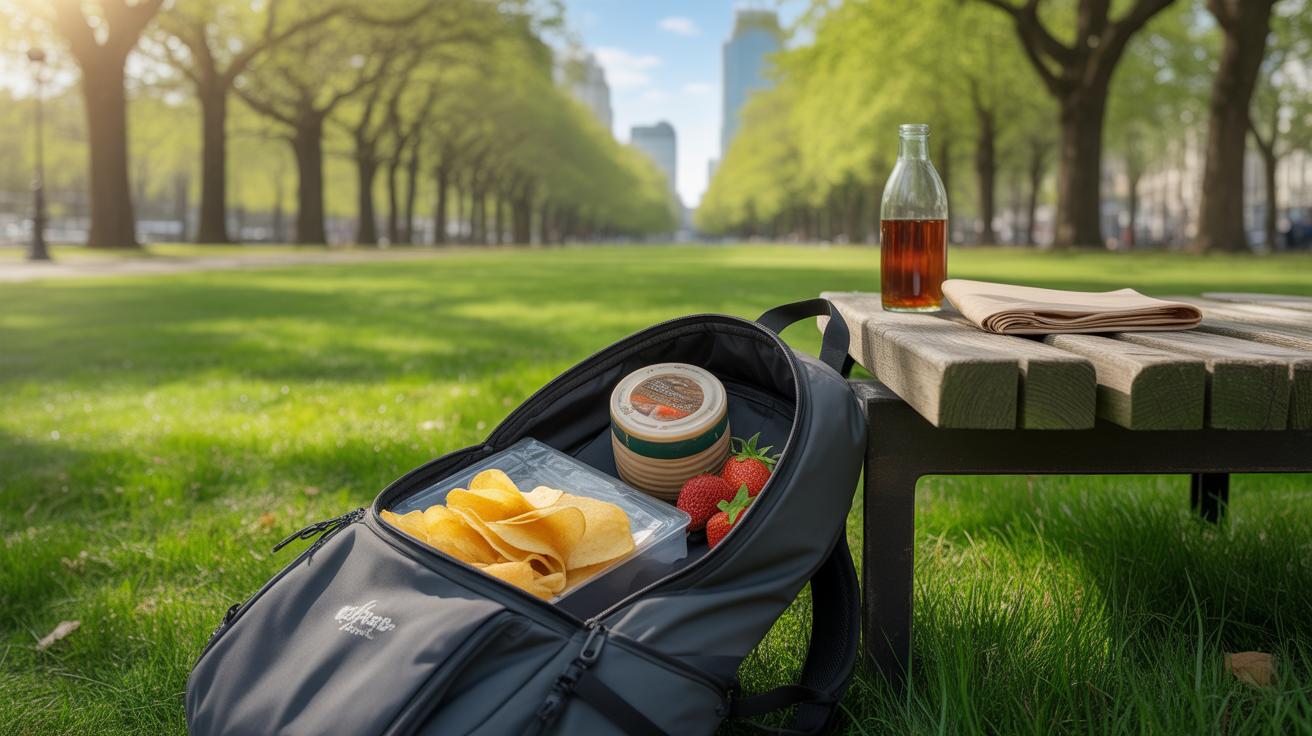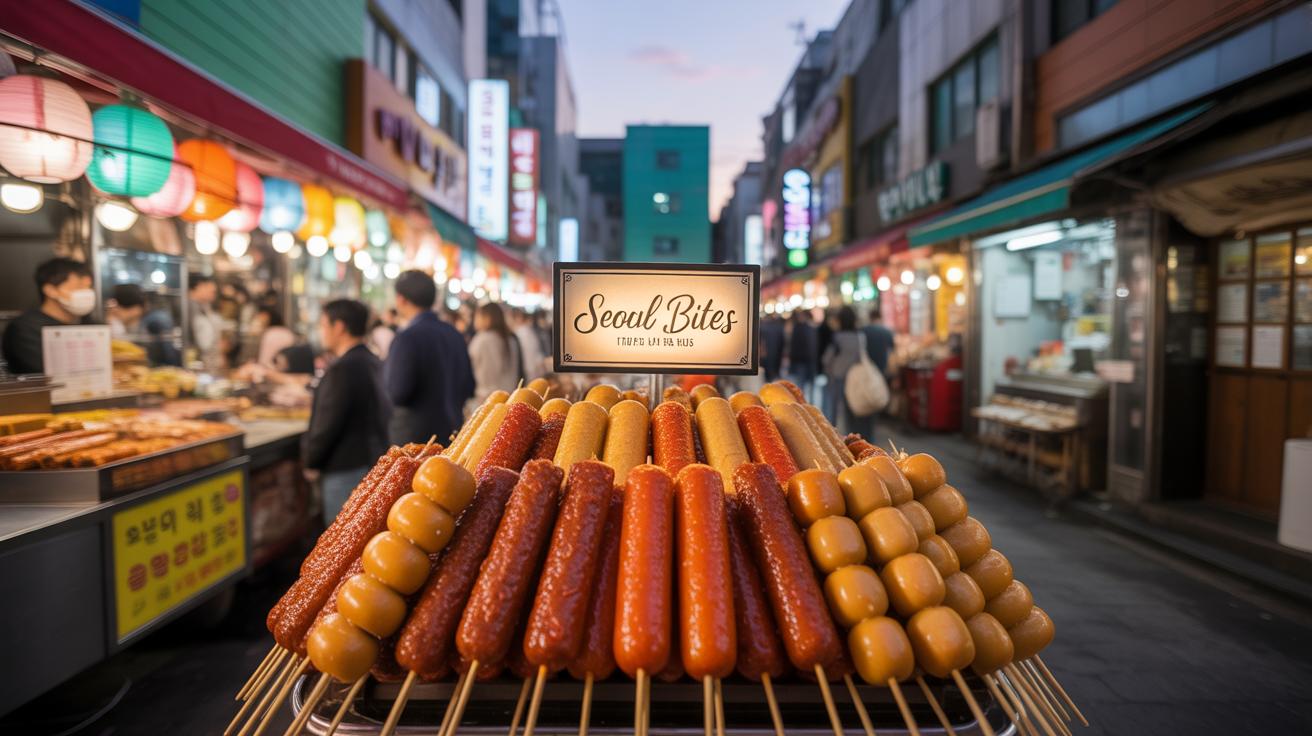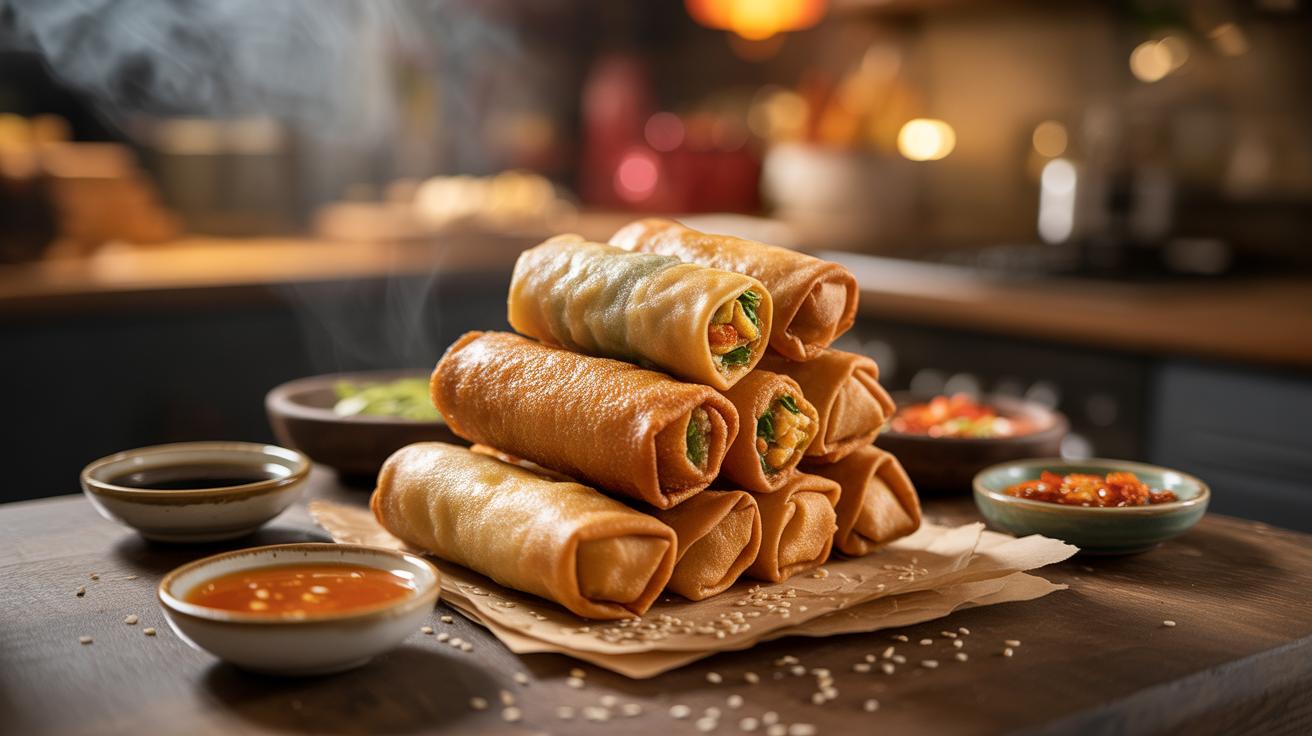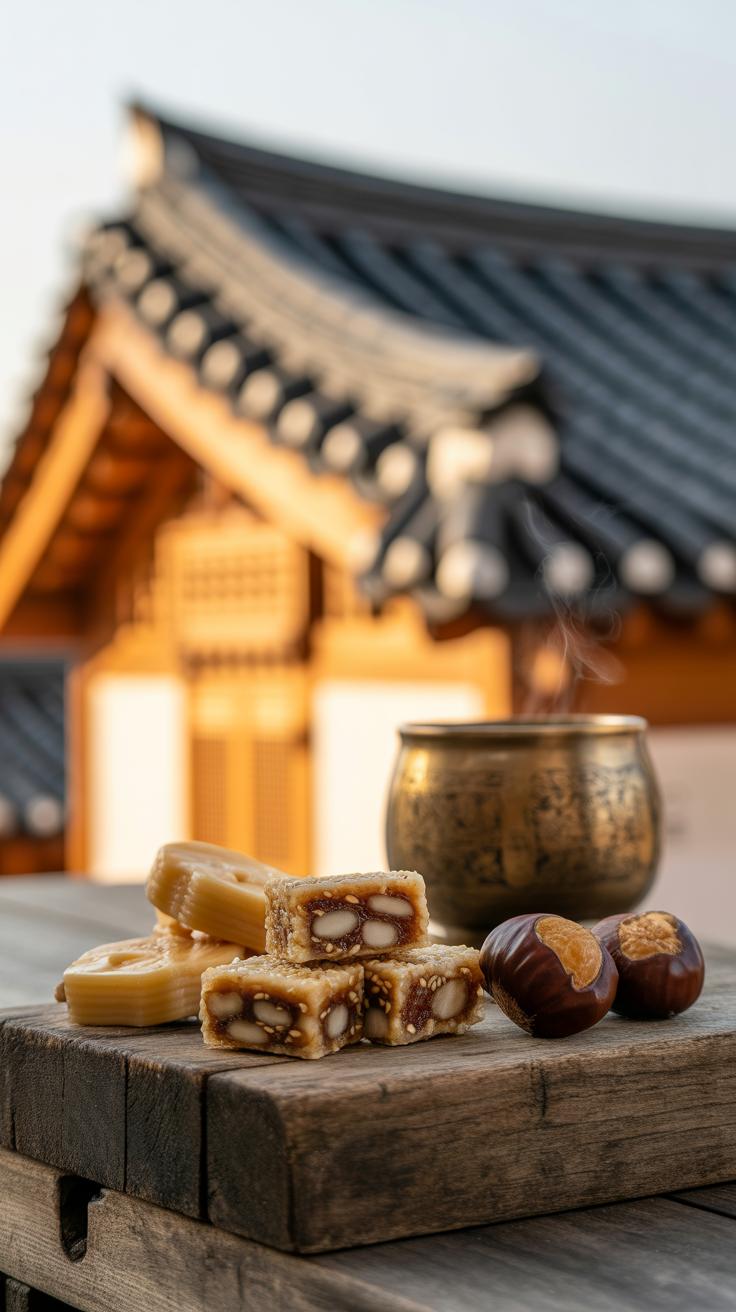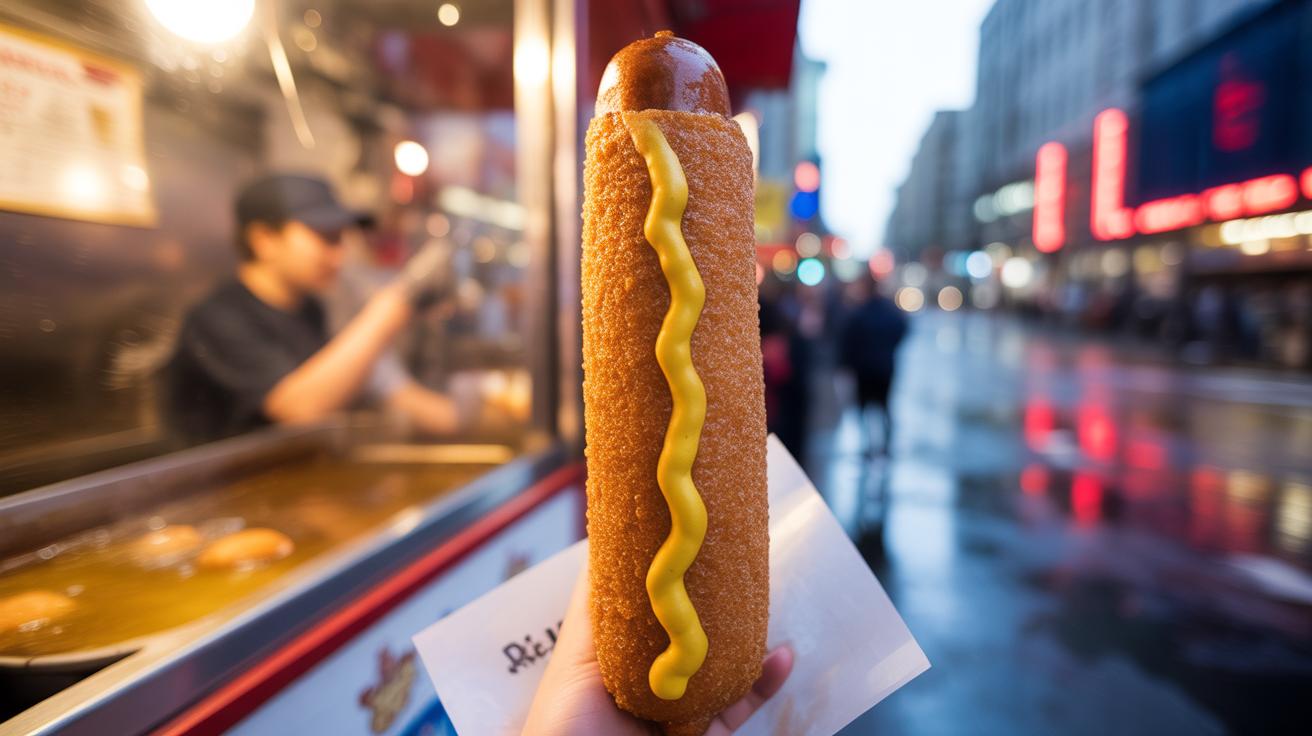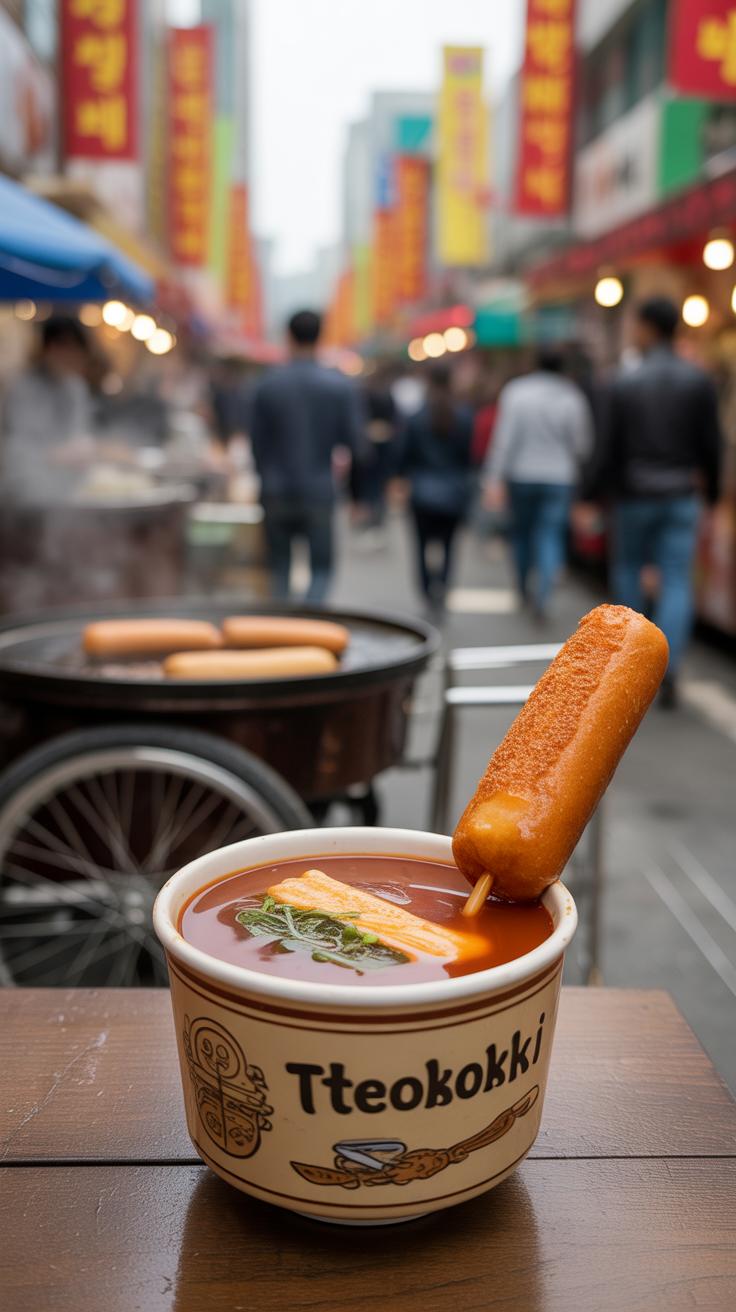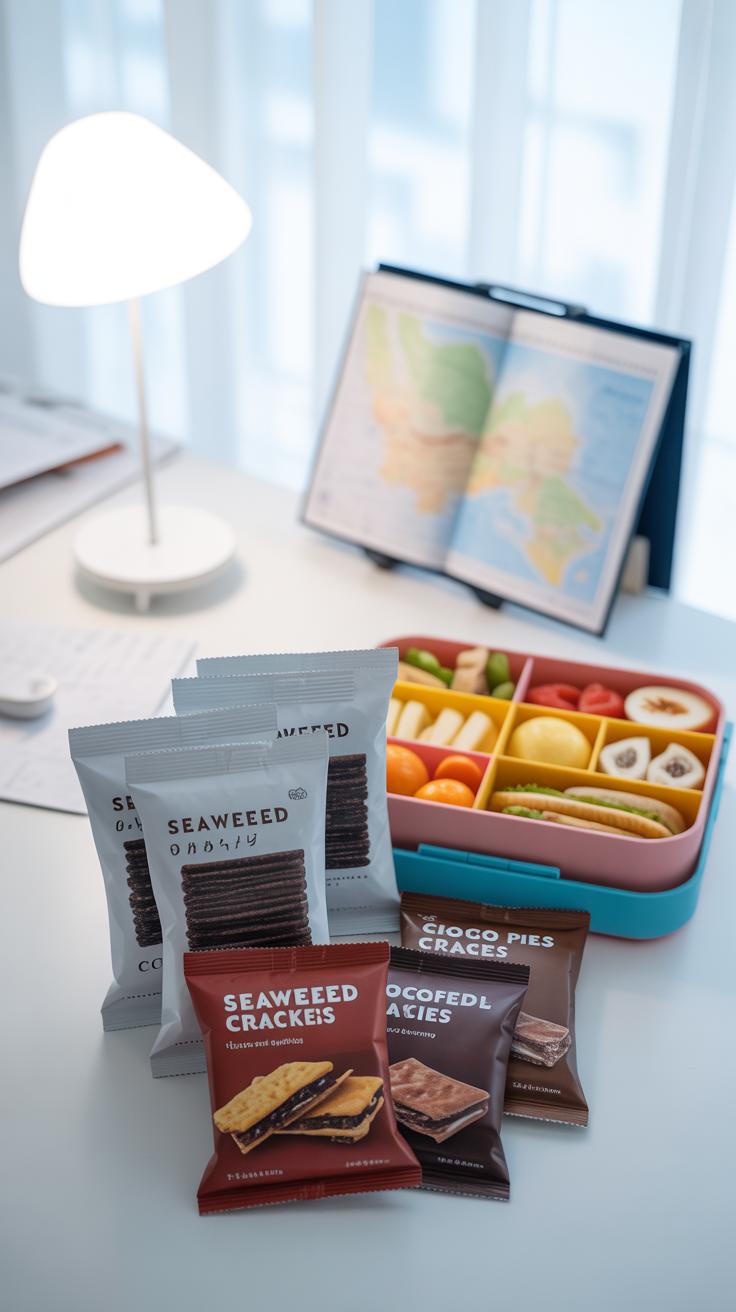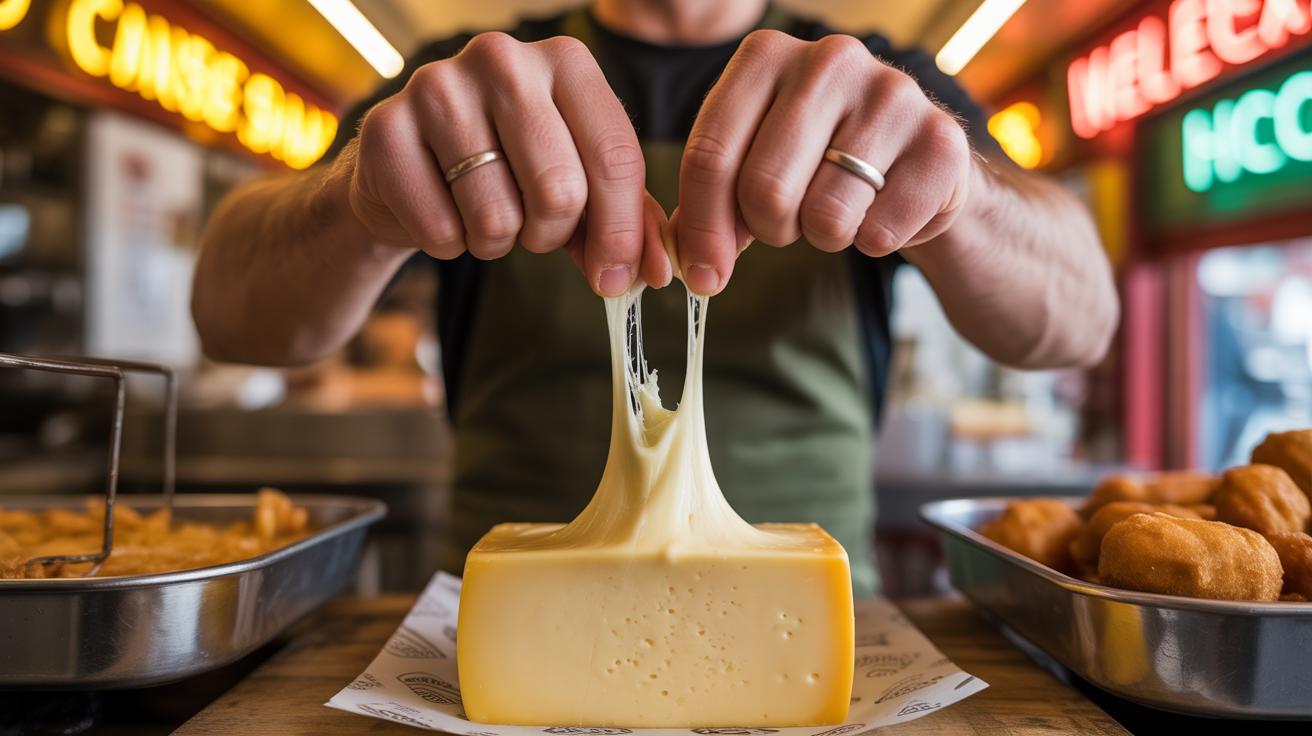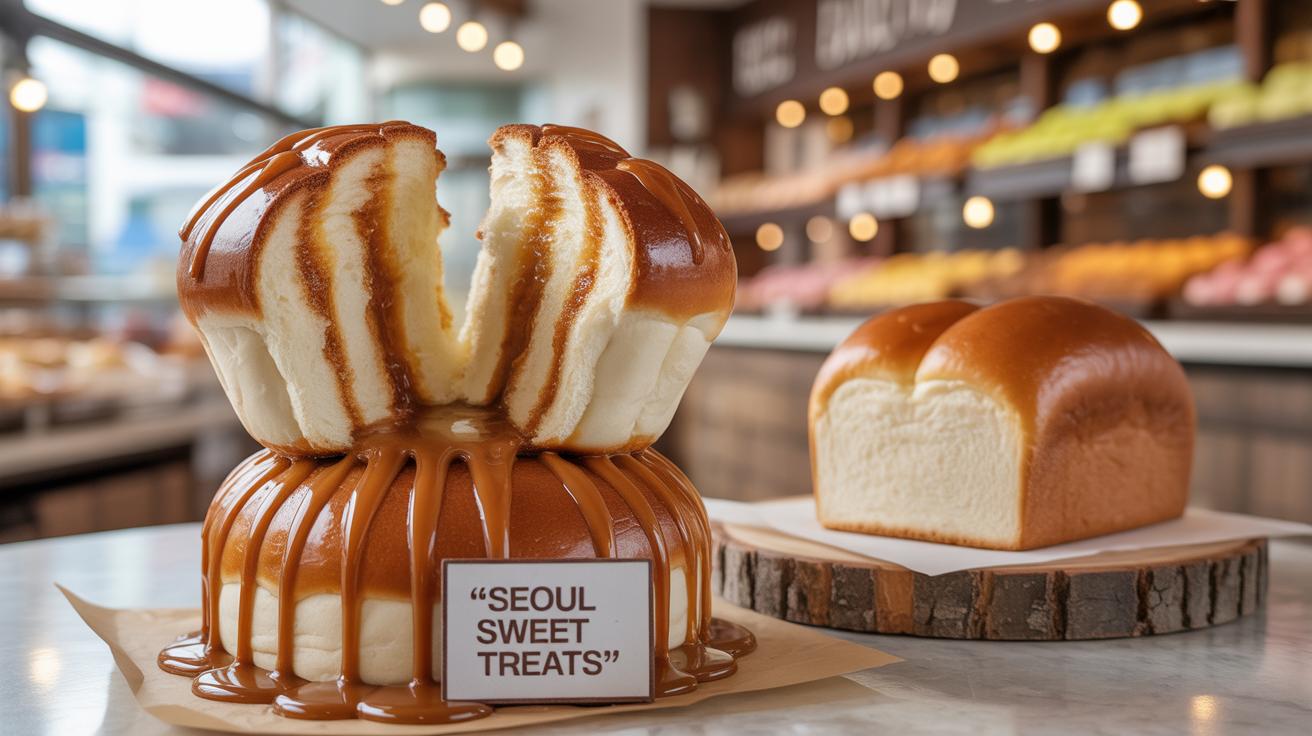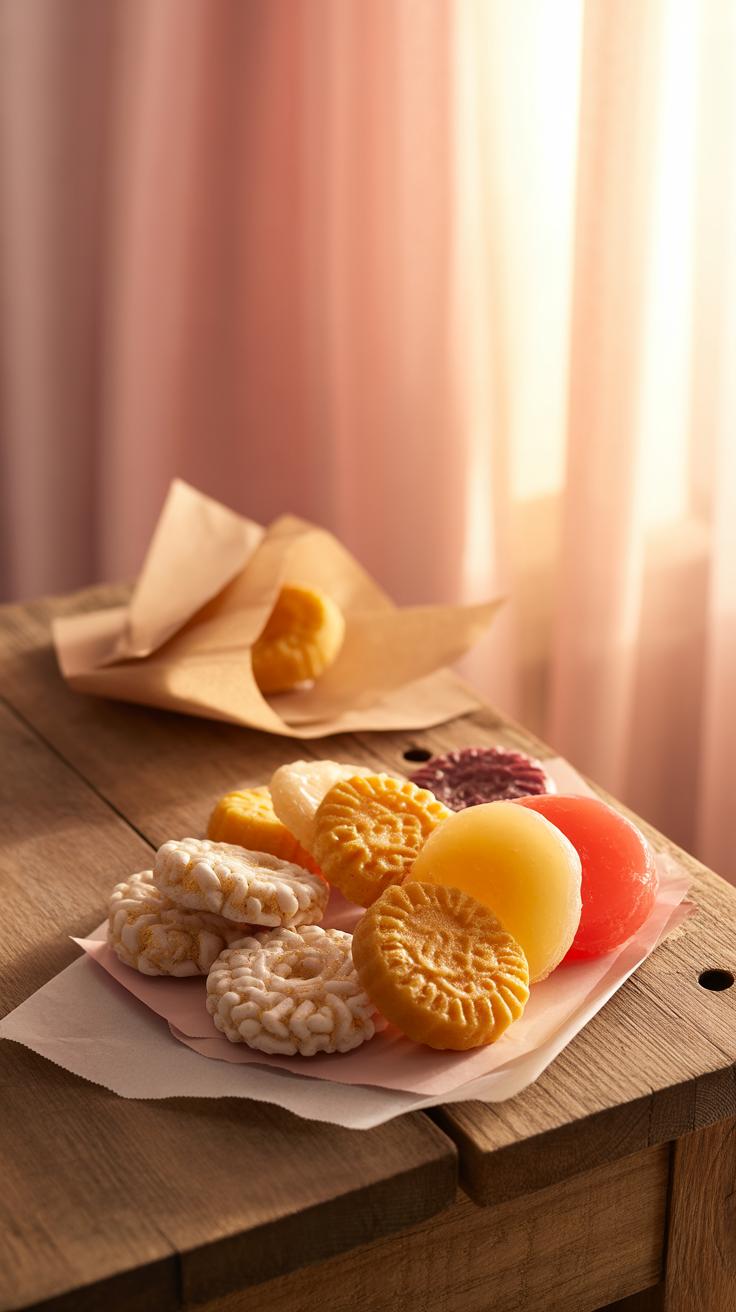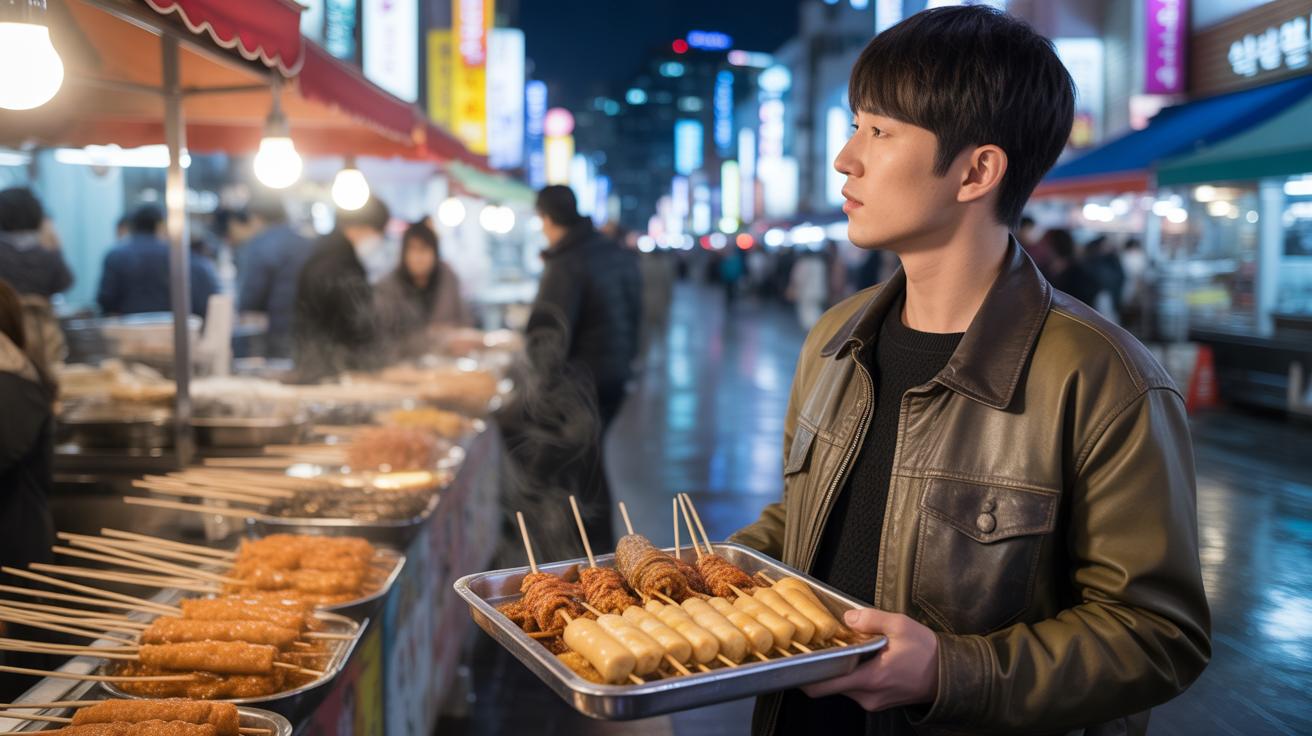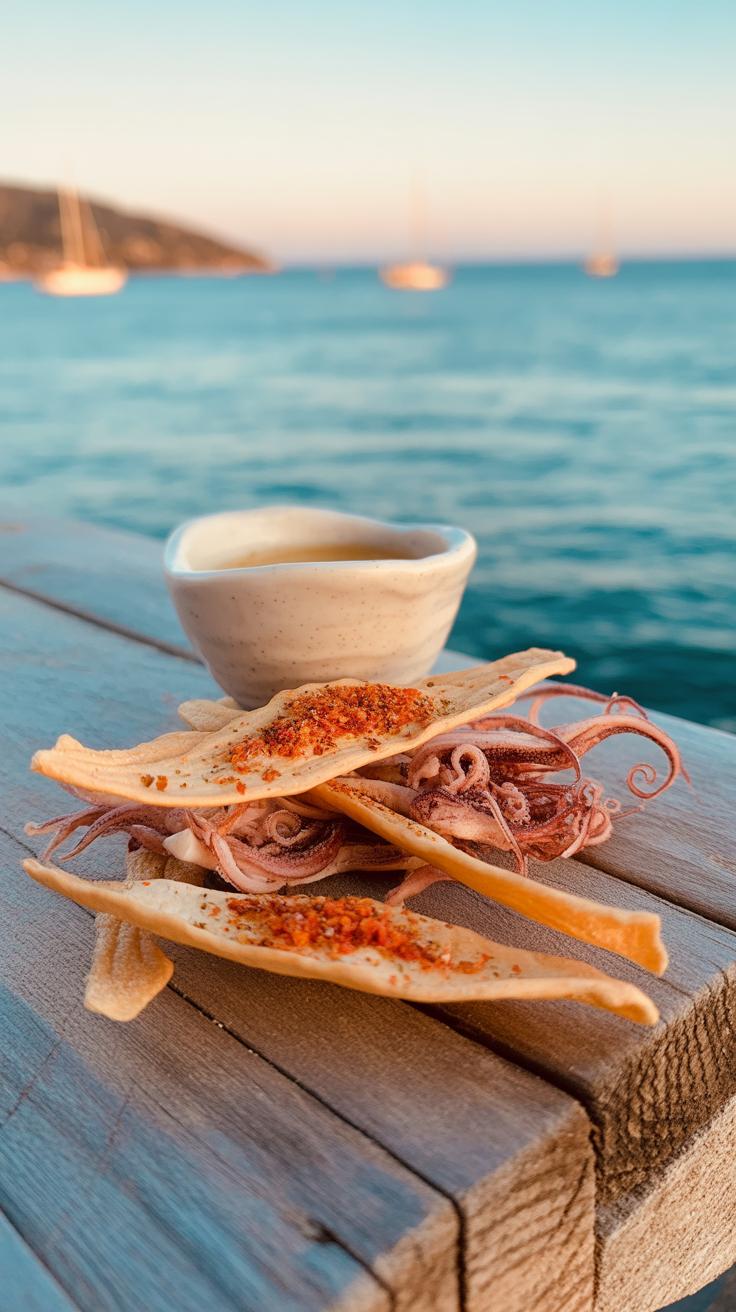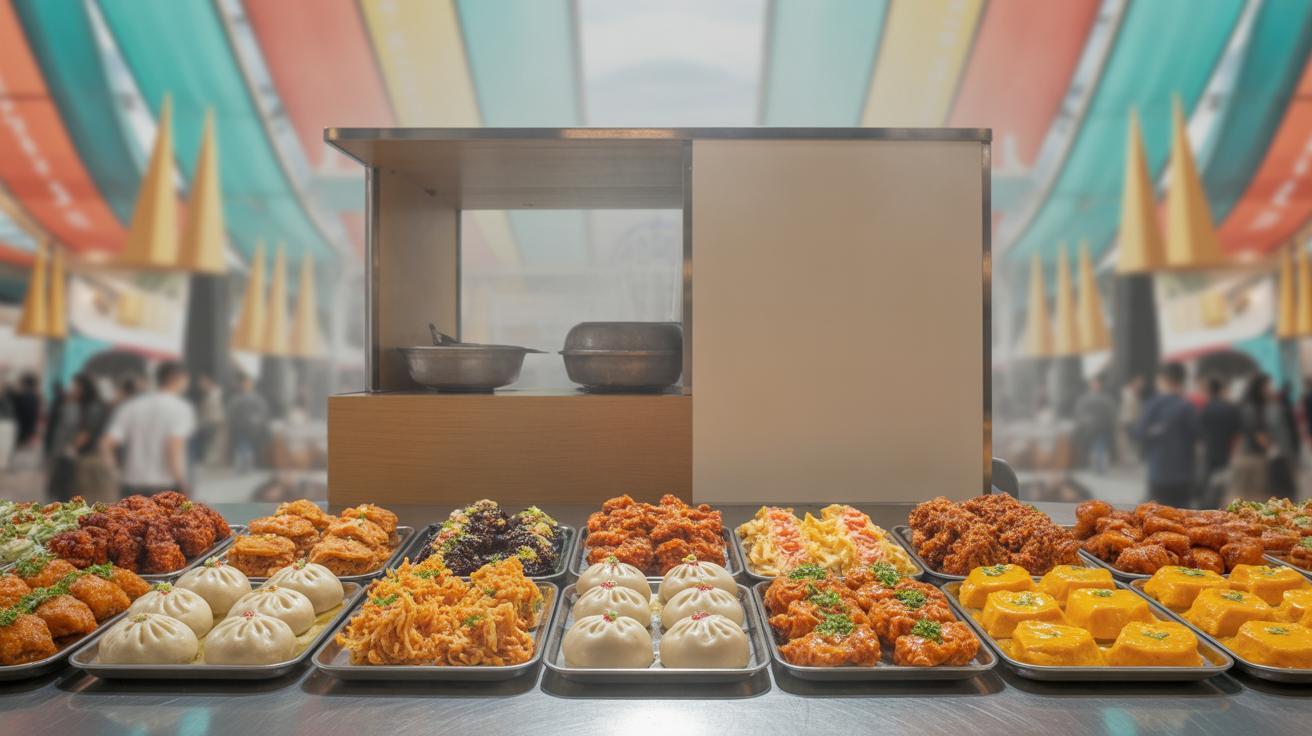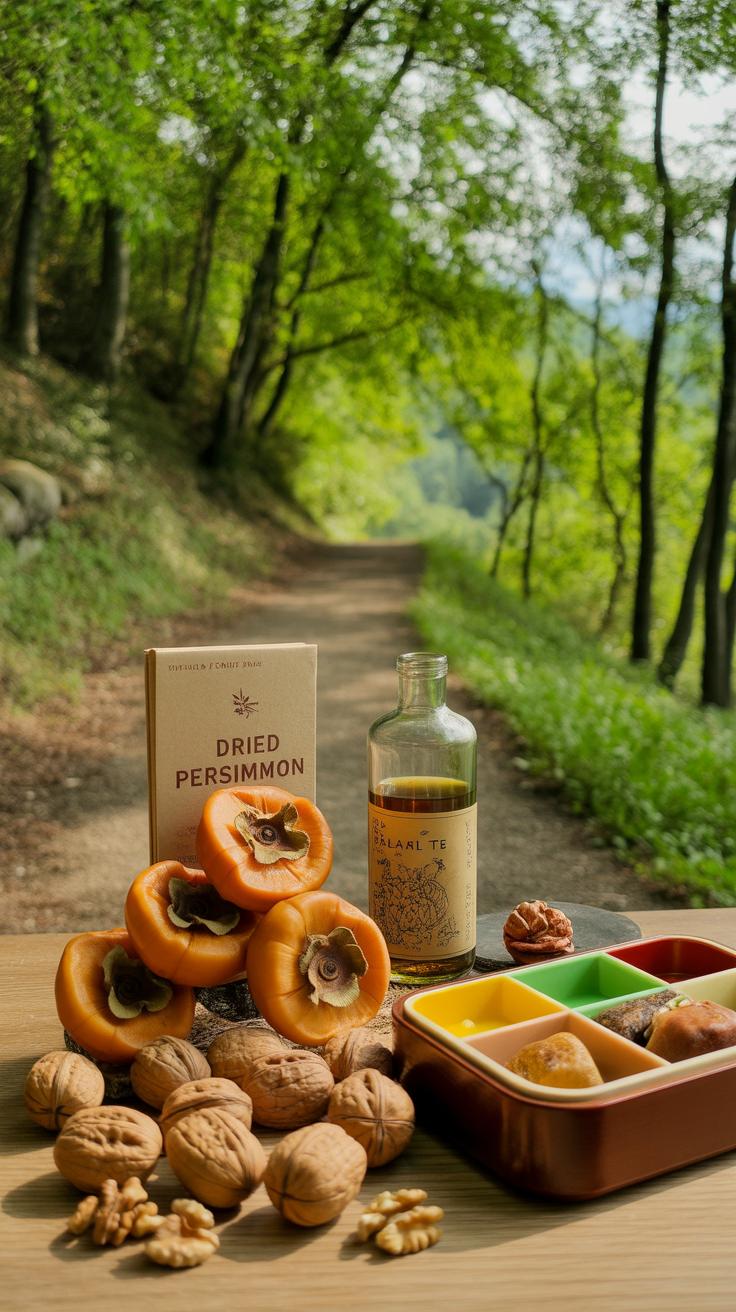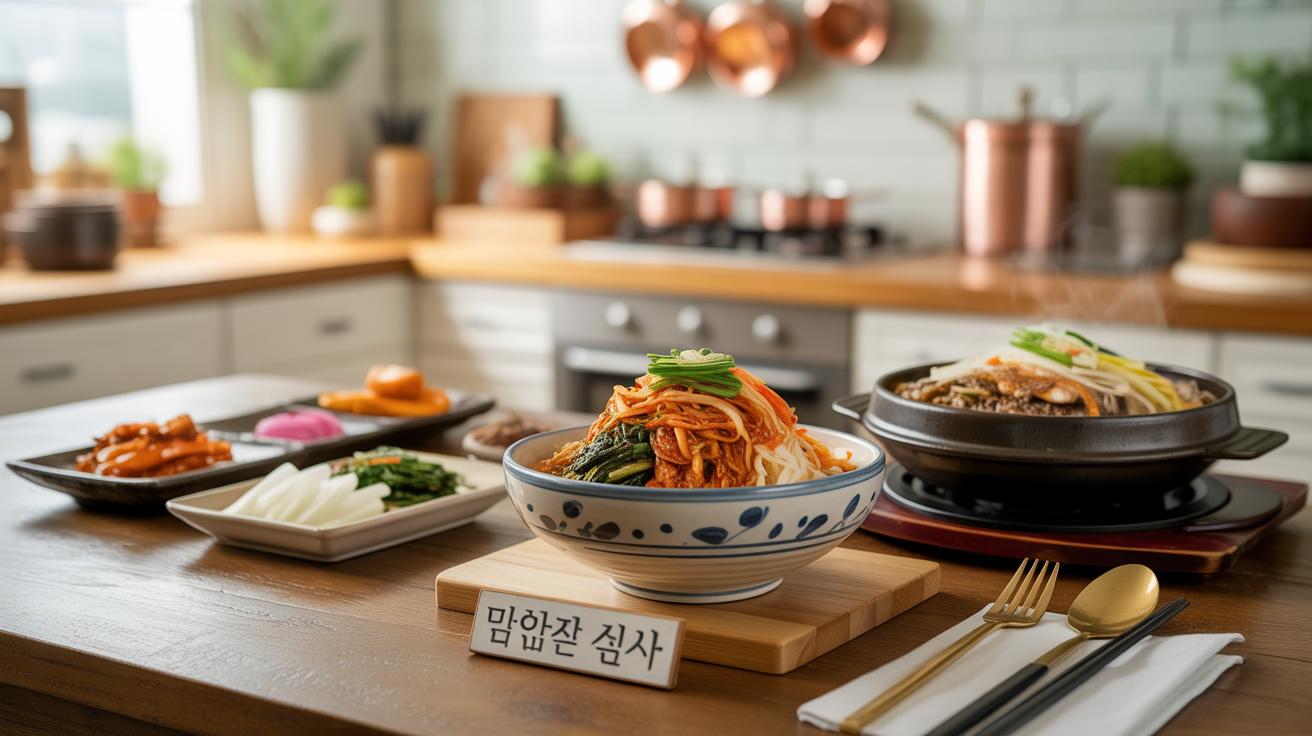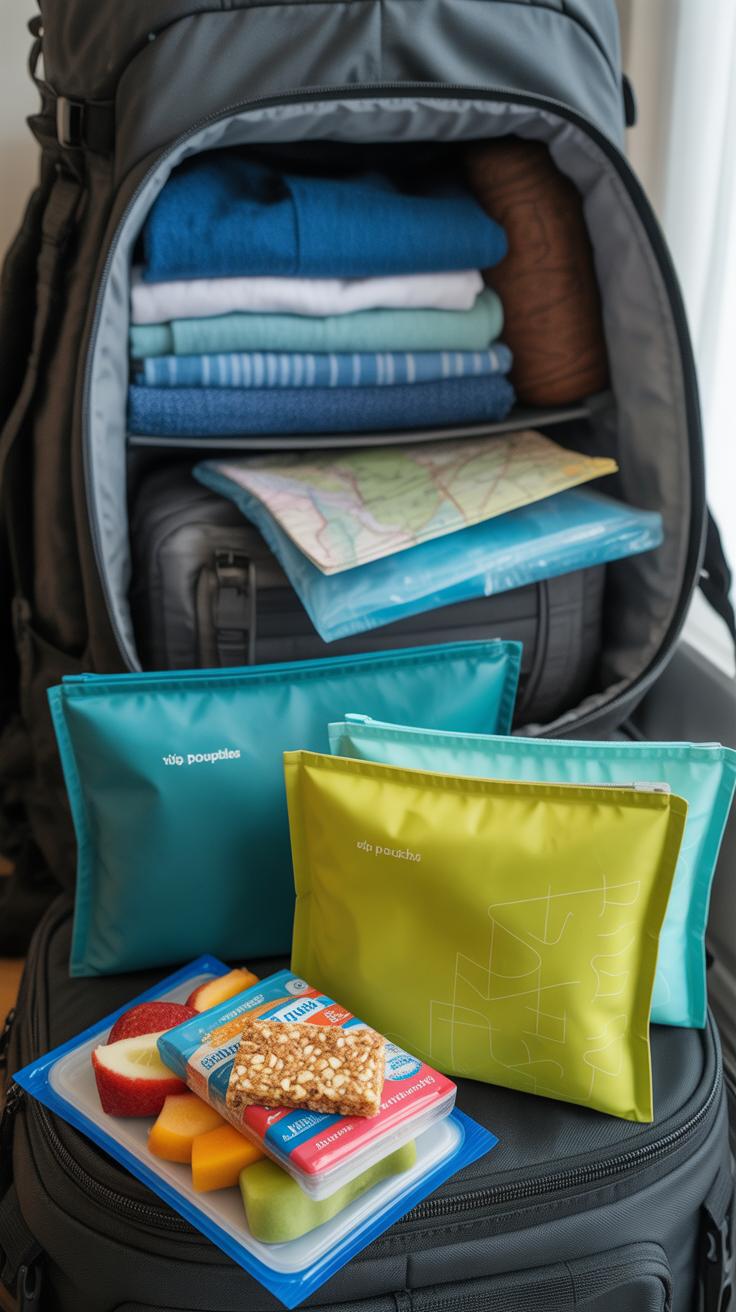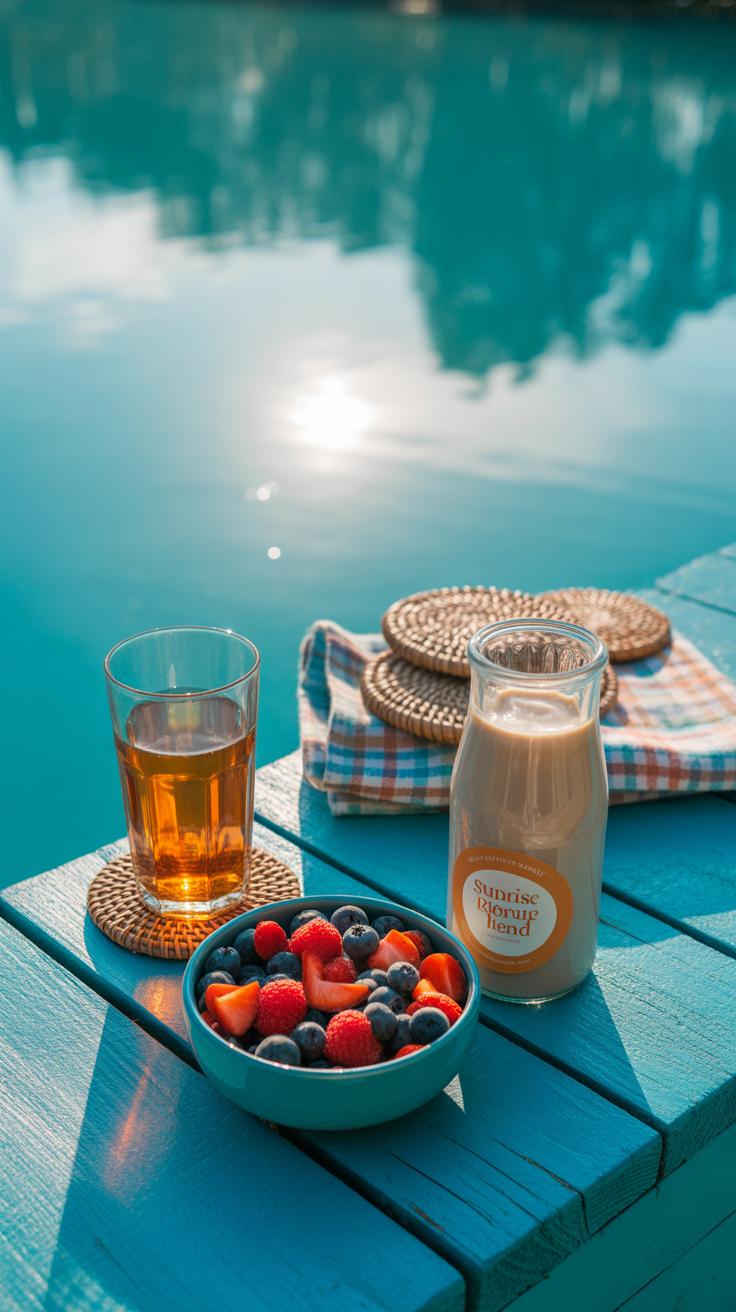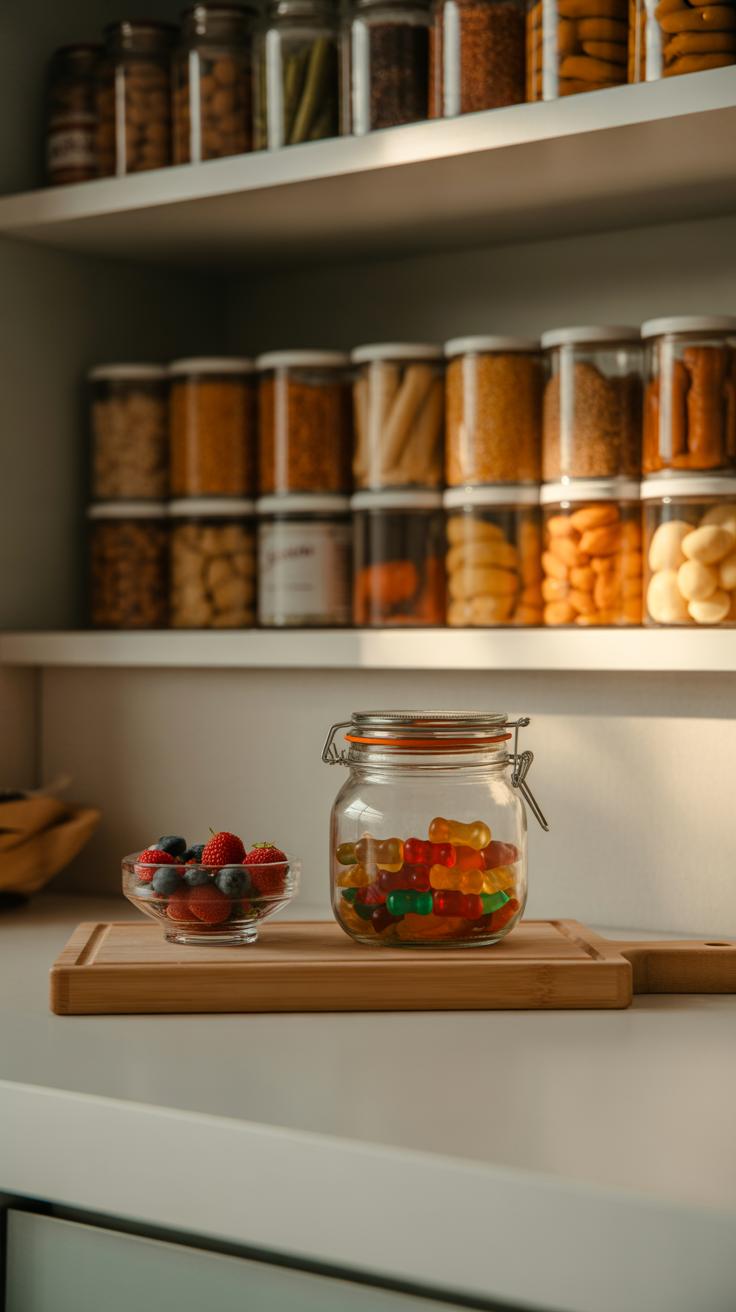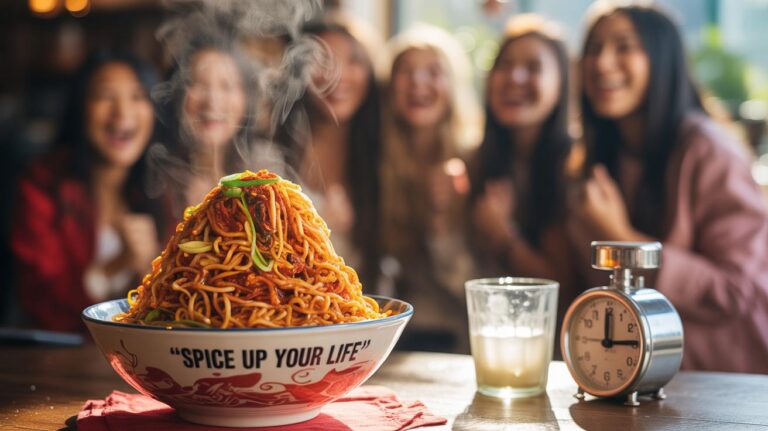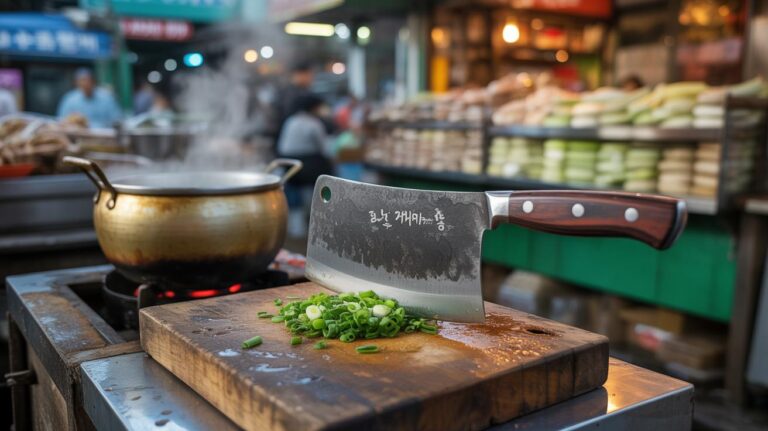Introduction
When you plan a day out, packing the right snacks can make your experience more enjoyable. Korean snacks offer a variety of unique flavors and textures that make them perfect choices for outdoor adventures. Whether you enjoy sweet or savory treats, Korean snacks are easy to carry and delicious to eat.
This article will explore various Korean snacks ideal for a day out. From traditional rice-based treats to popular street food snacks, you’ll find options that are tasty and convenient. You’ll also discover tips on how to pack and enjoy these snacks during your outdoor activities.
Introduction to Korean Snacks
What exactly are Korean snacks? They’re not just quick bites between meals. In Korea, snacks often carry a deeper meaning tied to tradition and everyday life. Think of them as small, flavorful moments that bring comfort and connection.
Many Korean snacks come from simple, familiar roots but with unique twists. People enjoy them during breaks at work, school, or even during casual outings with friends and family. These snacks are culturally significant—they reflect regional tastes, history, and seasons. You might find yourself surprised by how much thought and history can be packed into something as small as a rice cracker or seaweed roll.
It’s interesting how some snacks can evoke nostalgia, reminding many of childhood or festive occasions. So, Korean snacks are not just food items but little cultural snapshots you can carry with you.
Common Ingredients and Flavors
Korean snacks often rely on a few staple ingredients that are surprisingly versatile. Rice is huge—used in many forms, such as puffed or ground into flour. Seaweed is another essential element, offering both flavor and texture.
Spices, too, play a key role. Korean snacks sometimes balance savory and sweet or dive straight into spicy territory. For example:
- Sesame seeds and oil add nutty notes.
- Gochugaru (red pepper flakes) bring a subtle heat.
- Soysauce and sugar might combine to create a salty-sweet taste.
Sometimes you get a mild fermentation tang, reminding you of fermented Korean foods, even in snacks. That slightly funky touch can be unexpectedly pleasant, or maybe not—taste really depends on what you’re used to. The range of textures—from crunchy to chewy—also adds variety.
Why Korean Snacks Are Great for Packing
If you’re heading out for the day, Korean snacks fit the bill almost too well. Many come packed in small, durable wrappers that protect them from moisture and damage. You could toss a couple into your bag with little worry about spoilage.
Their shelf life is usually pretty long compared to fresh food, which is a relief if you want a snack that doesn’t demand refrigeration. And portability? These snacks don’t get messy or crumble too easily, which means less fuss as you explore or relax outdoors.
Honestly, it’s the combination of taste and practicality that makes Korean snacks stand out for adventures. You get satisfying flavors or familiar comfort without much extra effort. Have you noticed how some snacks almost make the outing better just by being there? That’s kind of their charm.
Popular Traditional Korean Snacks
Rice Cakes and Tteokbokki
Rice cakes, or tteok, are a staple in Korean cuisine. These chewy, dense cylinders or discs are made from glutinous rice flour. Usually plain and subtly sweet, they easily complement various dishes or snacks. But when you think of rice cakes for a day out, the spicy version called tteokbokki likely comes to mind.
Tteokbokki features rice cakes simmered in a vibrant, fiery red sauce made from gochujang, a chili paste. The kick is strong but not overwhelming. It’s that kind of snack that warms you up and keeps you going through the day. Many stalls serve it with fish cakes and boiled eggs, which add texture and extra flavor. You might wonder if it’s too messy to pack, but if you prepare it in a good container, it travels surprisingly well for a quick, satisfying bite outdoors.
Sweet Pancakes and Hotteok
Hotteok is another popular traditional snack, almost like a sweet pancake filled with sugary goodness. Imagine a round, slightly crispy exterior giving way to a warm, sticky center—usually a mix of brown sugar, cinnamon, and sometimes chopped nuts. The sweetness can feel comforting, especially on cooler days.
It’s tempting to eat hotteok fresh, straight off the griddle, but you can prepare them ahead and they still hold up well while tasting delicious. If you prefer a quick treat that’s easy to handle and sweet enough to perk you up, hotteok makes a neat choice for packing in your bag. Ever tried biting into one and having the syrup spill unexpectedly? That messiness is part of its charm, I guess.
Korean Street Food Snacks to Try
When you think about Korean snacks for a day out, street food stands out as a top option. These snacks are portable, flavorful, and offer a glimpse into Korea’s casual food culture. One classic you might want to sneak into your pack is Bungeoppang. It’s a fish-shaped pastry that’s crispy outside and filled with sweet red bean paste inside. The shape makes it fun to eat, and the warmth it holds is perfect on cooler days. I’ve noticed that some vendors mix up fillings, offering custard or even chocolate, though the red bean remains the traditional favorite.
Grilled skewers are another crowd-pleaser suitable for carrying along. You’ll find meat or vegetables threaded onto sticks and grilled on the spot, seasoned just right. They’re messy but manageable if you wrap them carefully. Don’t shy away from Twigim, the Korean take on fried snacks—think battered vegetables, squid rings, or even boiled eggs. Their crunch holds up well, so they’re surprisingly convenient for eating outside. I’ve often grabbed these for a quick energy boost while exploring markets, and they never disappoint.
These snacks mix ease with taste, making them excellent companions for your outdoor adventures. You might wonder which one suits you best—but maybe that’s a question you’ll only answer by tasting them all.
Snack Packs and Prepackaged Korean Treats
When you need a quick, no-fuss snack for your day out, pre-packaged Korean treats really hit the spot. They’re designed to be portable and mess-free, which means no elaborate preparation or awkward crumbs while you’re on the move. You might find yourself reaching for these packs more often than you expected.
Dried Seaweed Packs
Dried seaweed packs are surprisingly popular for a reason. Light but flavorful, they offer a salty crunch that feels satisfying without being heavy. If you’ve never tried them, you might underestimate how addictive they can be. One thing I noticed is that they’re pretty low-calorie, which makes them a snack you don’t have to feel guilty about.
The convenience factor is strong too. These packs are small and don’t crumble all over your bag. Plus, you can easily share them with others—or keep them all to yourself if you prefer. Some brands add a hint of sesame oil or a dusting of salt to give each sheet just enough flavor punch to keep you coming back for more. They’re perfect for when you want something savory but not filling.
Rice Crackers and Snack Bars
Rice crackers from Korea come in all shapes and sizes. Some are lightly salted, others come with sweet soy glaze or even bits of seaweed embedded. They manage to be crispy and light, which makes them pretty addictive in their own right. I remember grabbing a mixed pack the last time I went hiking—great for nibbling without feeling weighed down.
Snack bars also deserve a mention. Korean snack bars often blend nuts, grains, and honey, sometimes with dried fruit thrown in. They have a chewy texture that holds you over longer than you’d expect from a small bar. What’s good is that they don’t taste overly sweet, so they don’t overwhelm your palate, which can be a problem with some international bars.
Both rice crackers and snack bars win points for practicality. They fit easily in a backpack or purse and don’t require refrigeration. This makes them solid choices if you’re unsure what kind of food will be available where you’re headed. Next time you need a grab-and-go option, consider giving these a shot—you might find they’re more comforting than you thought.
Sweet Korean Snacks to Pack
When you think of sweet Korean snacks for a day out, two treats come to mind almost immediately: honey rice cakes and Yakgwa. Honey rice cakes are soft, chewy, and lightly sweetened with natural honey, which makes them satisfyingly simple. They don’t get sticky or messy, so they’re easy to carry in your bag without worrying about a mess.
Yakgwa, on the other hand, feels like a little piece of tradition wrapped in sweetness. These deep-fried cookies soaked in honey have a dense, almost cakey texture that I find surprisingly filling. They’re a bit richer, so you might want to limit yourself to one or two, especially if you’re packing other snacks.
Fruit-flavored jelly and gummies are the perfect counterbalance to those denser sweets. Popular among all age groups, these candies come in vibrant colors and bursts of flavor that perk up your palate during a long day outdoors. They’re convenient and sealed in small packages, making it easy to control portions and avoid sticky fingers—or at least minimize them.
If you ask me, these sweet snacks have something for pretty much every mood: something wholesome and natural with the rice cakes, something classic and rich with Yakgwa, and something playful and light with fruit jellies and gummies. It just depends on what kind of energy you’re looking for—or how much space you have left in your snack stash.
Savory Korean Snacks for a Flavor Boost
If you want to add a punch of flavor to your day out, Korean savory snacks offer just the right kick. These treats can turn a simple picnic or hike into something much more interesting. They’re portable, easy to share, and, well, often pretty addictive once you start munching.
Korean Spicy Snacks
Spicy snacks like seasoned nuts and rice crackers with chili are a go-to for anyone who enjoys a bit of heat. Think crunchy almonds or peanuts coated with chili powder and a touch of sugar, giving you both spice and a touch of sweet. Rice crackers come in small bite-sized pieces, often dusted with red pepper flakes or mixed seeds. They’re crunchy, flavorful, and oddly satisfying. I remember grabbing a bag of spicy rice crackers on a trip once, and suddenly every stop became an excuse for just one more handful.
- Seasoned nuts with chili powder and salt
- Rice crackers tossed in chili flakes or mixed seeds
- Small, easy to eat, and last well in your bag
Pickled Vegetables and Kimchi Packs
Then there are the pickled vegetables and kimchi, which come in convenient single-serving packs. These bring a sharp, tangy balance to any snack selection. The tang cuts through richer foods and wakes up your palate instantly. Kimchi, in particular, pairs surprisingly well with other portable snacks. If you’ve never tried carrying kimchi on a day out, you might hesitate at first—it’s a strong smell, after all—but these sealed packs keep everything tidy. Plus, they add a nice, refreshing bite that’s different from the usual chips or nuts.
- Kimchi in small, sealed packs for freshness
- Pickled radish or cucumbers for a crunchy, tangy snack
- Great to snack on alone or with other things for contrast
So, if you want something a bit more layered in flavor, these savory snacks are worth considering. They bring spice, tang, and crunch without much hassle. And, honestly, they could make your snack break the best part of the day.
Healthy Korean Snacks to Consider
Roasted Seaweed and Nuts
Roasted seaweed snacks are surprisingly light and crunchy. You might think they’re just a trendy choice, but they’ve been part of Korean culture for ages. These thin sheets come packed with vitamins and minerals like iodine and calcium, which many people overlook. Plus, they don’t add much bulk to your day bag, so they’re easy to carry around.
Then there are nuts—almonds, chestnuts, pine nuts—you name it. Nuts offer healthy fats and protein that keep you feeling full without weighing you down. In Korea, these often appear roasted or lightly salted, making them both tasty and practical. Although high in calories, their nutritional punch makes them a snack worth considering when you want something wholesome but convenient.
Dried Fruits and Grain Snacks
Dried fruits enjoy popularity as well, though they come with a bit of debate. Sure, they’re sweeter and can sometimes feel like a treat, but they also provide fiber and natural sugars, which can boost midday energy. Korean favorites such as dried persimmons or jujubes are common options, offering an interesting texture and a mildly sweet flavor that isn’t cloying.
Grain snacks, like traditional rice crackers or puffed barley bites, combine crunch with subtle earthiness. They tend not to overwhelm your palate, which is nice if you’ve packed other strong flavors. Some versions might be lightly sweetened or coated with honey, so you get a little sweetness without overdoing it. These snacks often bring a sense of nostalgia, especially if you’ve visited Korea before, making them more than just filler—they connect you to a tradition.
How to Pack Korean Snacks for a Day Out
Packing Korean snacks for an outdoor trip can be a bit tricky if you want to keep them fresh and easy to handle. You don’t want your crunchy rice crackers turning soggy or those sweet treats getting squashed by the weight of other items in your bag. So, choosing the right containers makes a surprising difference.
Choosing Suitable Containers
First off, hard plastic or metal containers that seal tightly are usually best. They protect fragile snacks like dried seaweed or small rice cakes from getting crushed. Think of bento-box style containers with compartments if you want to keep different snacks separated. Zip-lock bags can work too, but I find they don’t prevent squishing as well, especially if you’re tossing your bag around.
For snacks that might leak or have sauces, small airtight containers with lids are a lifesaver. They stop spills from ruining everything else. You could also wrap softer snacks in parchment paper before putting them inside containers—it helps absorb excess moisture and stops things from sticking together.
Managing Temperature and Freshness
Keeping snacks fresh is another bit where you might hesitate. Ice packs tucked into an insulated lunch bag can help if you’re carrying perishable Korean items like tteok (rice cakes) or fresh kimbap. Insulated bags don’t need to be bulky—something slim and light will do, especially if you’re just out for a few hours.
If you’re carrying snacks that don’t need strict cooling but might suffer from humidity (like dried fruit or sesame snacks), a small silica gel pack inside the container can help. I sometimes forget this, but it really extends crispness.
One thing I wonder about is how long is too long to keep snacks without refrigeration. If you’re out most of the day, rotating what you pack might make sense—perhaps bring more shelf-stable snacks initially, then swap in the fresh ones later.
Overall, packing isn’t just about fitting snacks into your bag. It’s about keeping them tasty and ready when hunger strikes, which means containers and temperature control really matter.
Pairing Korean Snacks with Drinks
Korean Teas and Soft Drinks
When you’re packing Korean snacks for a day out, choosing the right drinks to go with them can really elevate the experience. Korean teas often complement snacks in unexpected ways. For example, barley tea (boricha) has a toasty, nutty flavor that pairs nicely with slightly salty snacks like dried squid or roasted seaweed. It’s served cold or warm, depending on your mood or the weather. Green tea is another option that refreshes without overpowering milder sweets like rice cakes.
Soft drinks from Korea might surprise you too. Drinks like Chilsung Cider offer a light, lemon-lime fizz that contrasts well with crunchy snacks such as shrimp chips. Or you might try banana-flavored milk, which adds a bit of gentle sweetness alongside spicier or savory bites. These drinks bring a different kind of pleasure than typical soda, sometimes feeling less heavy or sugary, which is nice during active outings.
Water and Other Refreshing Options
Of course, no snack combo works without hydration. Drinking water throughout your day prevents that sluggish, heavy feeling, especially if some snacks are salty or oily. You might even want to bring sparkling water for a bit of fizz without extra sweetness. Sometimes plain water feels too plain, though—hinting at why many Korean snacks come paired with teas or light drinks makes sense.
Another idea is flavored water infused with simple ingredients like cucumber or lemon. These alternatives refresh without complicating flavor profiles too much. It’s easy to forget how much hydration affects your appetite and energy, so balancing tasty snacks with clean, hydrating drinks is worth a bit of planning—probably more than most people do.
Exploring Korean Snacks Beyond Your Day Out
Once you’ve discovered a few go-to Korean snacks for your outings, you might find yourself curious about what else is out there. There’s really a whole range of options to explore beyond just what fits neatly into your backpack. Korean snacks include a variety of textures and flavors—from sweet rice cakes to crunchy seaweed strips—that can become little adventures of their own.
You don’t need to wait for your next trip to Korea to keep enjoying these treats. If you’re wondering where to find them locally, many cities have Korean grocery stores, or at least Asian markets with a decent selection. Sometimes, you’ll stumble on hidden gems, like a spicy squid snack or sweet honey butter chips, that don’t appear on the usual shelves. And online shopping can open up even more possibilities, with sites offering everything from classic staples to newer, trending goods.
Trying your hand at making some Korean snacks at home might surprise you. It’s often simpler than you expect. Recipes for tteokbokki (spicy rice cakes) or crispy twigim (fried snacks) just need a few ingredients and basic cookware. I’ve made kimchi pancakes and even spicy fish cakes that tasted pretty close to what I enjoyed at street stands. Experimenting in your kitchen invites a deeper appreciation of flavors and textures, plus you can tweak recipes to your taste. Have you ever thought about how different these snacks are when freshly made versus store-bought? It’s worth a shot.
Conclusions
Korean snacks are a great way to add flavor and fun to your day out. They offer a mix of sweet, savory, and spicy options that suit different tastes. Many snacks are easy to pack, require no cooking, and are great for sharing with friends or family. Including Korean treats like rice cakes, dried seaweed, and sweet pancakes can make your outing special.
Choosing the right snacks depends on your preferences and the nature of your day out. Consider the weather, the type of activity, and the convenience of carrying the snacks. Exploring Korean snacks can also be a chance to try new flavors and enjoy a piece of Korean culture. Your next day out can be tastier and more exciting with these delicious Korean snacks packed in your bag.

